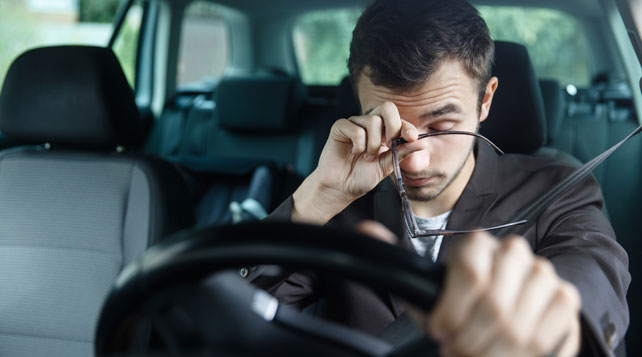According to the National Highway Traffic Safety Administration, there were an estimated 6.3 million police-reported car accidents in the United States in 2015. Motor vehicle crashes are the leading cause of workplace injuries according to the Bureau of Labor Statistics. In 2016, motor vehicle incidents contributed to 40% of all workplace fatalities.
Year after year, motor vehicle incidents are at the top of the list for cause of workplace fatalities. Off the job, they take tens of thousands of lives a year. Driving safely while off the job is just as important of driving safely while on the job.
Safe Driving Tips
- Do not engage in other activities while driving. Activities such as using cellphones, eating, or even just reaching for an item takes your eyes and focus off the road. A large majority of accidents are caused by distracted drivers.
- Be a defensive driver. Always leave yourself an out when driving. Think about your next move if an accident was to happen in front of you or a car ran the next stop light. Thinking ahead and being proactive when driving can save your life.
- Always wear your seatbelt. According to the National Highway Traffic Safety Administration, seat belts reduce serious crash-related injuries and deaths by about half.
- Maintain a clean and well-kept vehicle. Dirty windows and dust can be distracting and make it hard to see while driving. Loose cargo such as empty water bottles, tools, PPE, and other items are not only a distraction, but they can also interfere with controls in the vehicle.
- Driving hazards can result in a variety of injuries, ranging from minor bruises to much more serious injuries and even death. There are a number of actions that you can take to prevent motor vehicle incidents.
Drowsy Driving
The risk of driving while drowsy increases for those who work long or overnight shifts. Sleepiness slows reaction time, decreases awareness and impairs judgment. Danger signals for drowsy drivers:
- Your eyes close or go out of focus by themselves
- You have trouble keeping your head up
- You can’t stop yawning
- You have wandering, disconnected thoughts
- You don’t remember driving the last few miles
- You have missed your exit
- You keep drifting out of your lane
- Your speed becomes variable
- Your gaze becomes fixated
If you are drowsy, get off the road and find a safe place to take a break.

